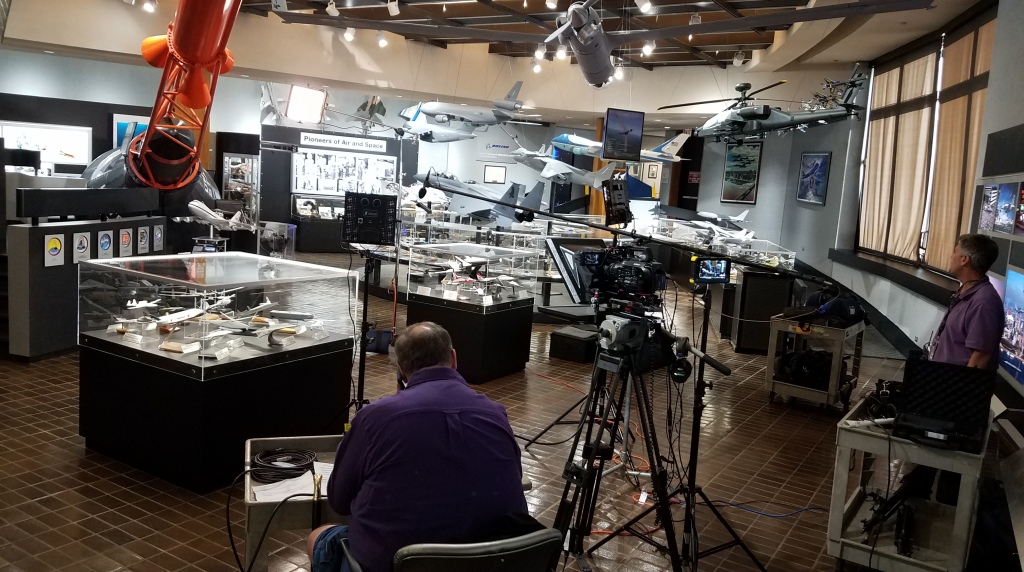Events are dynamic experiences filled with energy, connections, and valuable content. Whether it’s a conference, seminar, product launch, or corporate gathering, capturing the essence of these moments is crucial for extending their impact beyond the event itself. One of the most effective ways to achieve this is through the creation of event recap videos.
The Power of Event Recap Videos
Event recap videos serve as powerful tools for businesses and organizations to showcase the highlights and key takeaways of their events. They offer a concise yet comprehensive overview of the event’s key moments, presentations, and interactions, allowing viewers to relive the experience and gain insights even if they couldn’t attend in person.
Benefits of Event Recap Videos:
- Engagement: Videos are inherently engaging and can captivate viewers more effectively than written content or static images.
- Storytelling: Through carefully curated footage and interviews, event recap videos can tell a compelling story that resonates with the audience.
- Brand Promotion: By showcasing the event’s success and highlighting the organization’s achievements, recap videos help reinforce brand identity and reputation.
- Audience Reach: Videos can be easily shared across various platforms, expanding the event’s reach and attracting new audiences.
Incorporating Interviews for Deeper Insights
While footage of keynote speeches and event highlights is essential, incorporating interviews adds depth and authenticity to event recap videos. Interviews allow organizers to capture the perspectives of attendees, speakers, and key stakeholders, providing valuable insights and testimonials that enhance the video’s narrative.





Tips for Conducting Interviews:
- Preparation: Plan your interview questions in advance to ensure they align with the video’s objectives and capture the most relevant insights.
- Selective Approach: Choose interviewees strategically, focusing on individuals whose perspectives will add value and resonate with the target audience.
- Engagement: Create a comfortable environment for interviewees to encourage open and honest responses. Maintain a conversational tone and actively listen to their insights.
- Variety: Incorporate a mix of interviews to showcase diverse perspectives and experiences, including attendees, speakers, sponsors, and organizers.
- Editing: Seamlessly integrate interview clips with event footage to maintain flow and coherence. Use editing techniques to emphasize key points and highlight compelling quotes.
Amplifying Impact Through Repurposing
Once the event recap video is complete, its potential for impact doesn’t end there. Repurposing video content across different channels and platforms can significantly extend its reach and effectiveness. Here are some strategies for maximizing the value of event recap videos:
- Social Media: Share snippets of the video on social media platforms to generate buzz and drive engagement. Encourage viewers to watch the full video for a more comprehensive experience.
- Website: Feature the event recap video prominently on your website’s homepage or dedicated event page to provide visitors with an immersive overview of the event.
- Email Marketing: Include links to the video in post-event email newsletters to reach attendees who may have missed certain sessions or want to revisit key moments.
- Presentations: Incorporate excerpts from the video into future presentations or pitches to showcase the organization’s achievements and capabilities.
About Film Production St Louis
Film Production St Louis is a full-service professional commercial photography and video production company dedicated to helping businesses and organizations elevate their visual storytelling. With our extensive experience and state-of-the-art equipment, we specialize in creating impactful event recap videos through interviews, capturing the essence of each moment and delivering compelling narratives that resonate with audiences.
Our services include:
- Full-service studio and location video and photography
- Editing and post-production
- Licensed drone pilots for aerial footage
- Customized productions tailored to diverse media requirements
- Repurposing of photography and video branding for maximum traction
From private studio setups for intimate interviews to providing sound and camera operators and everything in between, we have the expertise and resources to make your next video production a success. Partner with Film Production St Louis and let us bring your vision to life with creativity, professionalism, and unparalleled quality.
314-604-6544
Fred Hamann, St Louis Film Producer
stlouisfilmproduction@gmail.com
























